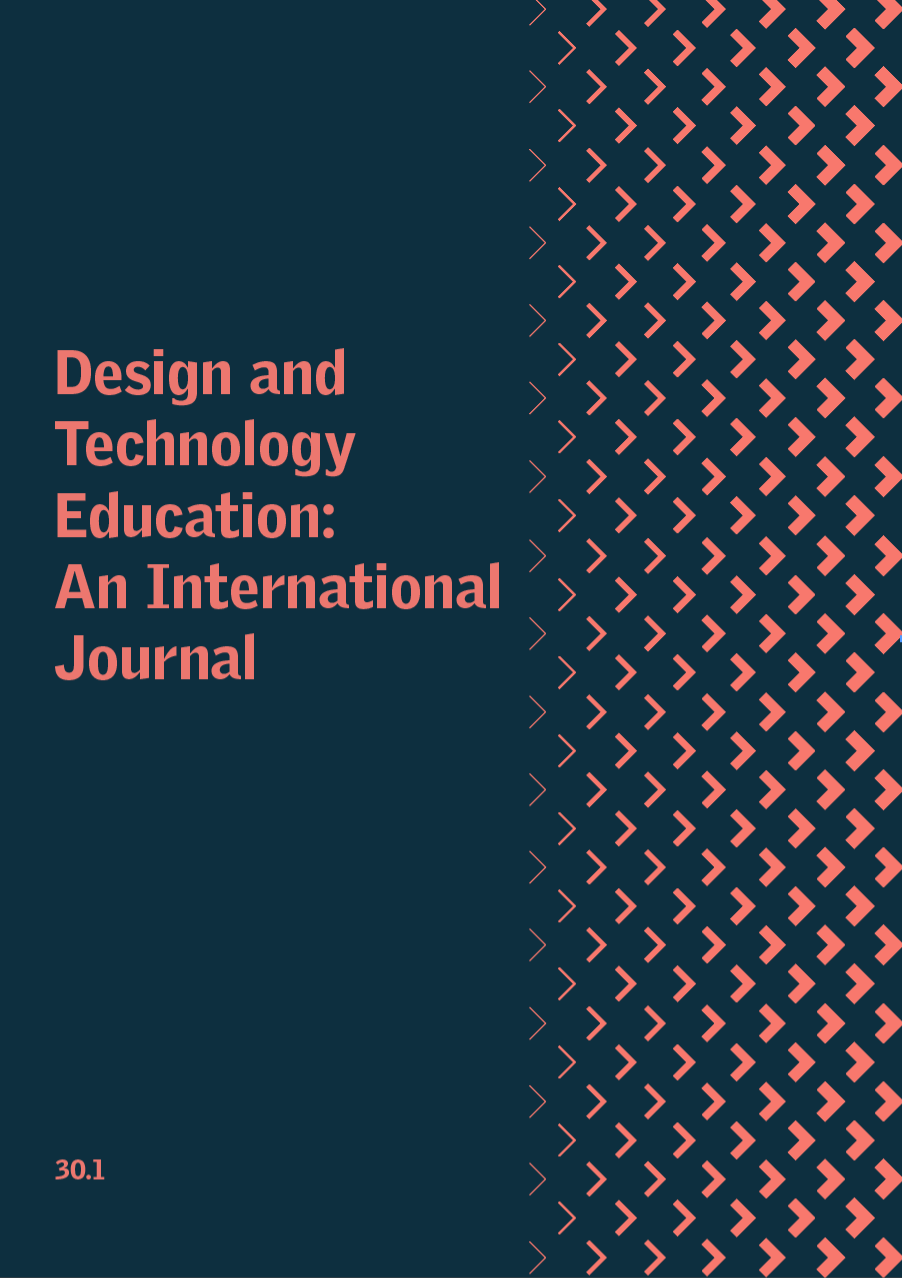Three levels in culturally oriented product design: a participatory approach to cultural inspiration in design education
DOI:
https://doi.org/10.24377/DTEIJ.article3043Keywords:
cultural inspiration, minority culture, participatory approach, culturally oriented product, product designAbstract
Culturally oriented product design relies on inspiration from the local cultural heritage in the creation of unique products with specific local features. An authentic experience of cultural design inspiration can facilitate novel design outcomes. However, only a few studies have investigated the acquisition of cultural inspiration from a participatory perspective in the field. To narrow this gap, a design workshop was organized with local government in China. Design students were asked to combine local cultural characteristics in everyday products and to generate new concepts that reflect cultural diversity and support local tourism development. We collected students’ visual representations, text notes and recorded verbal explanations of the concepts behind the created product designs. The entire data was analysed following the method of holistic coding to identify the types of cultural inspiration and cultural levels. Data-driven analysis included two rounds of categorising. Using the product metaphorical mapping tool, we specified three cultural levels and the cultural elements related to them. The analytical method helped reveal students’ design intentions in applying both tangible and intangible cultural elements The results demonstrated that design educators can support young designers to apply the participatory approach in bringing ethical cultural transformations regarding visual, behavioural and philosophical design features.
Downloads
Downloads
Published
Issue
Section
License

This work is licensed under a Creative Commons Attribution 4.0 International License.
Authors who publish with this journal agree to the following terms:
Authors retain copyright and grant the journal right of first publication with the work simultaneously licensed under a Creative Commons Attribution License that allows others to share the work with an acknowledgement of the work's authorship and initial publication in this journal.
Authors are able to enter into separate, additional contractual arrangements for the non-exclusive distribution of the journal's published version of the work (e.g., post it to an institutional repository or publish it in a book), with an acknowledgement of its initial publication in this journal.


